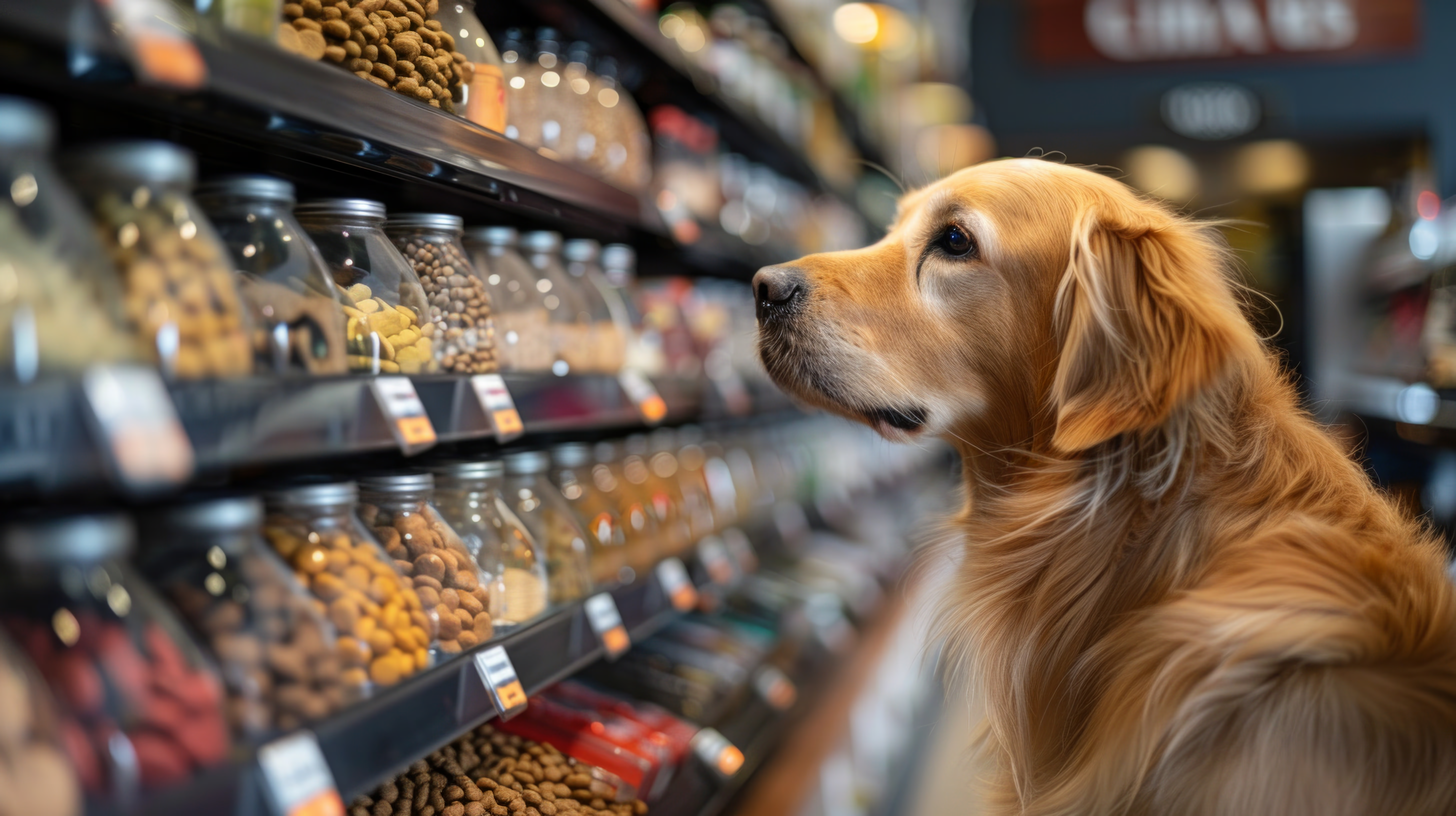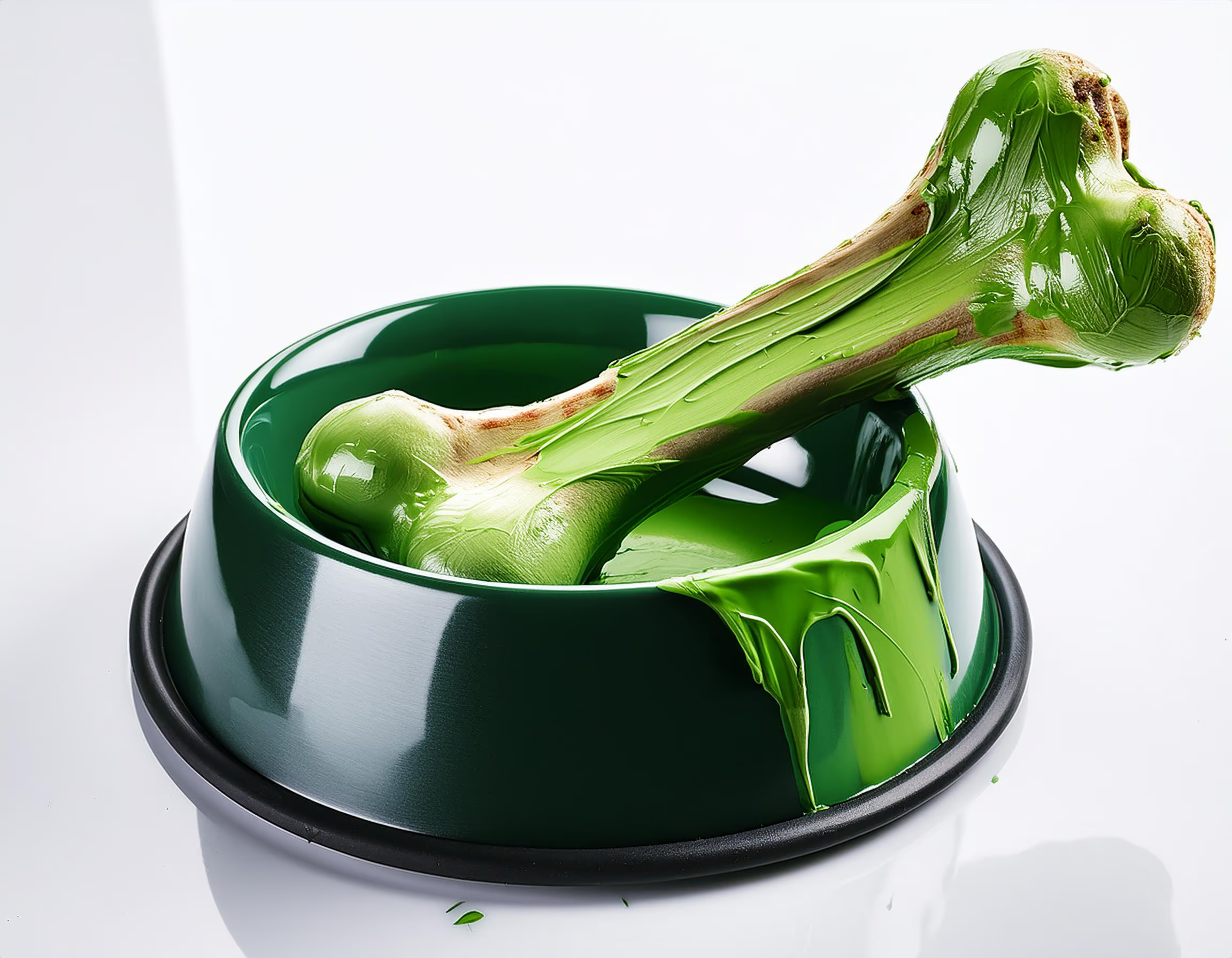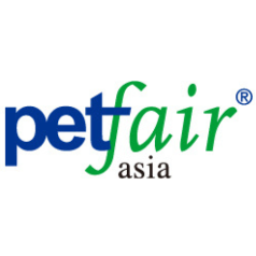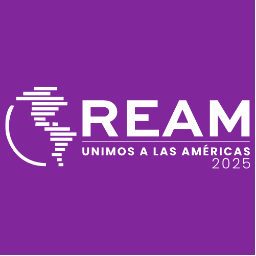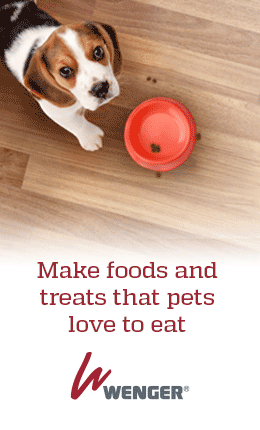According to the Association of American Feed Control Officials (AAFCO), many naturally derived food commodities produce primary products such as muscle meats as well as secondary products such as heart, liver, kidneys, lungs, and gizzards. Secondary products (by-products) are often used in animal feed like pet food.1 Many popular resources available to pet parents advise against the feeding of pet foods containing animal by-products; however, the addition of animal by-products or 'co-products' can be palatable additions to pet foods.2 In addition, animal by-products can be a healthy and sustainable source of essential nutrients for dogs and cats.3
Sustainability
Commercial pet food production is highly related to livestock production as well as the human food industry.4 The use of animal co-products in pet foods is not only palatable and nutritious but also environmentally sustainable.5 Animal co-products used in pet food may include liver, heart, kidneys, lungs, tripe, plasma, and bone6 By utilizing animal co-products, the pet food industry can reduce the environmental effects of human food production by utilizing inedible meat, which is defined as adulterated, uninspected, or not intended for use as human food (9 CFR § 301.2),1 and poultry and fish co-products that would otherwise be disposed of.7
Palatability and Nutrition
The inclusion of animal co-products is one method some pet food companies use to improve the palatability of a dog or cat diet. As raw ingredients are difficult to handle and store in some pet food manufacturing facilities, many pet food companies opt to use rendered co-products in a meal form instead.1 In a study evaluating the palatability of poultry by-product meal in a dog diet, it was observed that the diet had an appealing appearance and smell to pet parents and was readily accepted by dogs without hesitation.8 Another study evaluating the palatability of dog diets containing chicken in fresh, dried, and meal form showed that diets with chicken meal and by-product meal were preferred compared to diets with fresh and dried chicken.9 The inclusion of animal co-products like meat meal is an effective way to include essential nutrients in a pet's diet without negatively affecting digestibility or fecal quality.10-12 In addition, rendered co-products are valuable to the pet food industry as they are nutrient-dense and considered affordable in relation to their nutrient value.13
Although many popular resources available to pet parents advise against it the addition of animal co-products in pet foods is a nutritious and palatable source of protein for companies and consumers who value sustainability.
By: Ada-Miette Thomas.
Source: BSM Partners.
References
- Association of American Feed Control Officials. 2024. Byproducts. AAFCO. https://www.aafco.org/consumers/understanding-pet-food/byproducts/#:~:text=In%20the%20case%20of%20animal,not%20exclusively)%20for%20animal%20consumption.
- Corbin, J.E. 1992. Inedible meat, poultry and fish by-products in pet foods. In Inedible Meat by-Products. (pp. 329-347). Dordrecht: Springer Netherlands.
- Mora, L., Toldrá-Reig, F., Reig, M., Toldrá, F. 2019. Possible uses of processed slaughter byproducts. In Sustainable Meat Production and Processing. (pp. 145-160).
- Swanson, K.S., Carter, R.A., Yount, T.P., Aretz, J., Buff, P.R. 2013. Nutritional sustainability of pet foods. Adv. Nutr. 4(2):141-150.
- Mosna, D., Bottani, E., Vignali, G., Montanari, R. 2021. Environmental benefits of pet food obtained as a result of the valorisation of meat fraction derived from packaged food waste. Waste Manage. 125:132-144.
- Walsh, C. 2014. The use of animal by-products. EBLEX: Stoneleigh Park, UK, 1-73.
- Watson, P.E., Thomas, D.G., Bermingham, E.N., Schreurs, N.M., Parker, M.E. 2023. Drivers of palatability for cats and dogs - What it means for pet food development. Anim. 13(7):1134.
- Karthikeyan, N., Singh, R.P., Johri, T.S., Tanwar, V.K. 2002. Nutritional quality and palatability of pet food from poultry by-product meal. Indian J. Anim. Sci. 72(5).
- Shields, C.J., Rozzi, N.L., Aldrich, C.G., Talavera, M.J. 2023. Chicken proteins in dog food Effects of different chicken protein sources on palatability in dry adult dog food. Front. Anim. Sci. 4:1292658.
- Abd El-Wahab, A., Chuppava, B., Zeiger, A.L., Visscher, C., Kamphues, J. 2022a. Nutrient digestibility and fecal quality in beagle dogs fed meat and bone meal added to dry food. Vet. Sci. 9(4):164.
- Abd El-Wahab, A., Zeiger, A.L., Chuppava, B., Visscher, C., Kamphues, J. 2022b. Effects of poultry by-products inclusion in dry food on nutrient digestibility and fecal quality in beagle dogs. PLoS One. 17(11):e0276398.
- Chuppava, B., Siebert, D.C., Visscher, C., Kamphues, J., Abd El-Wahab, A. 2023. Impact of animal by-products on diet digestibility and fecal quality in beagle dogs. Life. 13(3):850.
- Meeker, D.L., Meisinger, J.L. 2015. COMPANION ANIMALS SYMPOSIUM: Rendered ingredients significantly influence sustainability, quality, and safety of pet food. J. Anim. Sci. 93(3):835-847.
You could be interested: Greenwashing in pet food: what it is and how to avoid it













